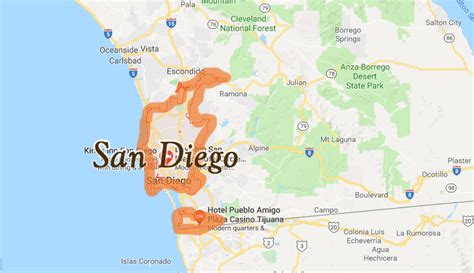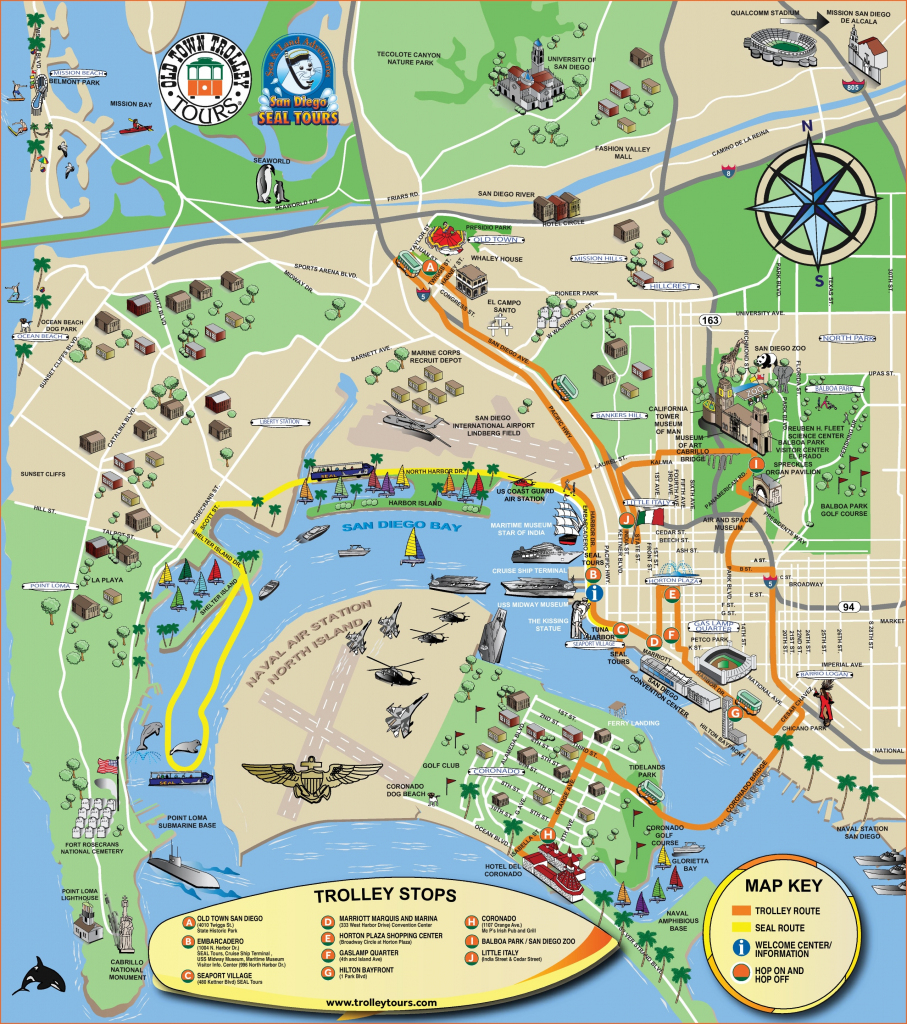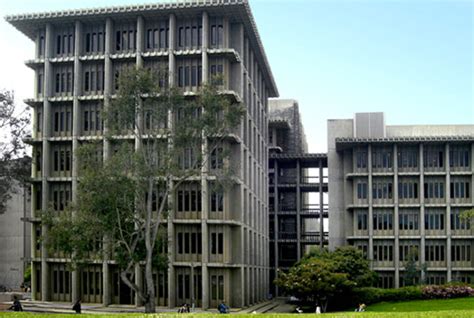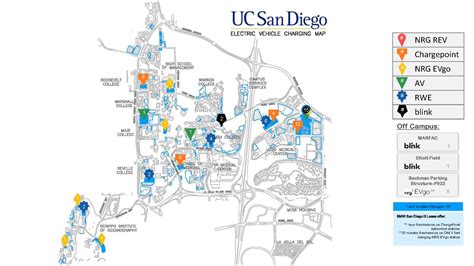San Diego Size Guide: Complete Overview

San Diego, known for its year-round mild climate and stunning beaches, is a popular destination for tourists and a desirable place to live for many. When considering a trip or a move to San Diego, understanding the layout and size of the city can be helpful. San Diego is the eighth-largest city in the United States and the second-largest in California, offering a wide range of activities, neighborhoods, and lifestyles. In this guide, we will explore the size of San Diego, its different areas, and what makes each unique.
Geographical Overview

San Diego covers an area of approximately 325.2 square miles (842 km²), making it a sprawling city with diverse landscapes. From the coast to the mountains, San Diego’s geography plays a significant role in shaping its climate, culture, and way of life. The city is bordered by the Pacific Ocean to the west, the Mexican border to the south, and various suburbs and rural areas to the north and east.
Neighborhoods and Districts
San Diego is divided into several neighborhoods and districts, each with its own character and attractions. Downtown San Diego, also known as the Gaslamp Quarter, is the heart of the city’s nightlife, dining, and shopping scene. Other notable areas include La Jolla, known for its beautiful beaches and upscale living; North Park, a trendy neighborhood with a vibrant arts and culture scene; and Coronado, a picturesque island connected to the city by a bridge and famous for its wide, sandy beaches.
| Neighborhood | Characteristics |
|---|---|
| Downtown San Diego | Nightlife, dining, shopping, business district |
| La Jolla | Upscale living, beautiful beaches, high-end shopping |
| North Park | Trendy, arts and culture, diverse community |
| Coronado | Island living, beaches, small-town feel |

Demographics and Population
As of the last census, San Diego’s population is approximately 1.42 million people within the city limits, with the larger metropolitan area housing over 3.3 million residents. The city is known for its diverse population, with a strong presence of military personnel and veterans due to its long history of naval and military bases. San Diego’s economy is also driven by tourism, biotechnology, and telecommunications, making it a hub for innovation and entrepreneurship.
The demographic breakdown of San Diego shows a diverse community, with a mix of young professionals, families, and retirees. The median age is around 35 years old, with a median household income of approximately $76,662. The city's diverse economy and pleasant weather contribute to its attractiveness to people from all walks of life.
Quality of Life and Attractions

San Diego is famous for its high quality of life, with plenty of outdoor activities, cultural events, and family-friendly attractions. The city is home to Balboa Park, one of the largest urban parks in the United States, which houses multiple museums, gardens, and the famous San Diego Zoo. Other popular attractions include the USS Midway Museum, the San Diego Harbor, and the numerous beaches along its coastline.
For outdoor enthusiasts, San Diego offers hiking trails in Torrey Pines State Natural Reserve, surfing and snorkeling in La Jolla Cove, and cycling along the beachfront paths. The city's mild climate, with average temperatures ranging from 60°F to 77°F (15°C to 25°C) throughout the year, makes it an ideal location for enjoying the outdoors year-round.
Economic Overview
San Diego’s economy is driven by several key industries, including defense, tourism, biotechnology, and telecommunications. The city is home to a significant number of startups and established companies, contributing to its reputation as a hub for innovation and technology. The tourism industry is also a major contributor to the local economy, with millions of visitors each year drawn to the city’s attractions, beaches, and events.
Despite its many advantages, San Diego also faces challenges such as a high cost of living, particularly in terms of housing. The median home price is around $640,000, making it difficult for some residents to afford housing. However, efforts are being made to address these issues through the development of more affordable housing options and initiatives to support local businesses and residents.
What is the average temperature in San Diego?
+The average temperature in San Diego ranges from 60°F to 77°F (15°C to 25°C) throughout the year, making it a city with a mild climate year-round.
What are the main industries in San Diego?
+San Diego's economy is driven by several key industries, including defense, tourism, biotechnology, and telecommunications, making it a hub for innovation and technology.
What are some popular attractions in San Diego?
+Some popular attractions in San Diego include Balboa Park, the San Diego Zoo, the USS Midway Museum, and the numerous beaches along its coastline, offering something for every interest.
In conclusion, San Diego offers a unique blend of natural beauty, cultural attractions, and economic opportunities, making it a desirable destination for visitors and residents alike. Its diverse neighborhoods, mild climate, and wide range of activities contribute to a high quality of life, while its thriving economy and innovative spirit ensure a bright future for this California city.



